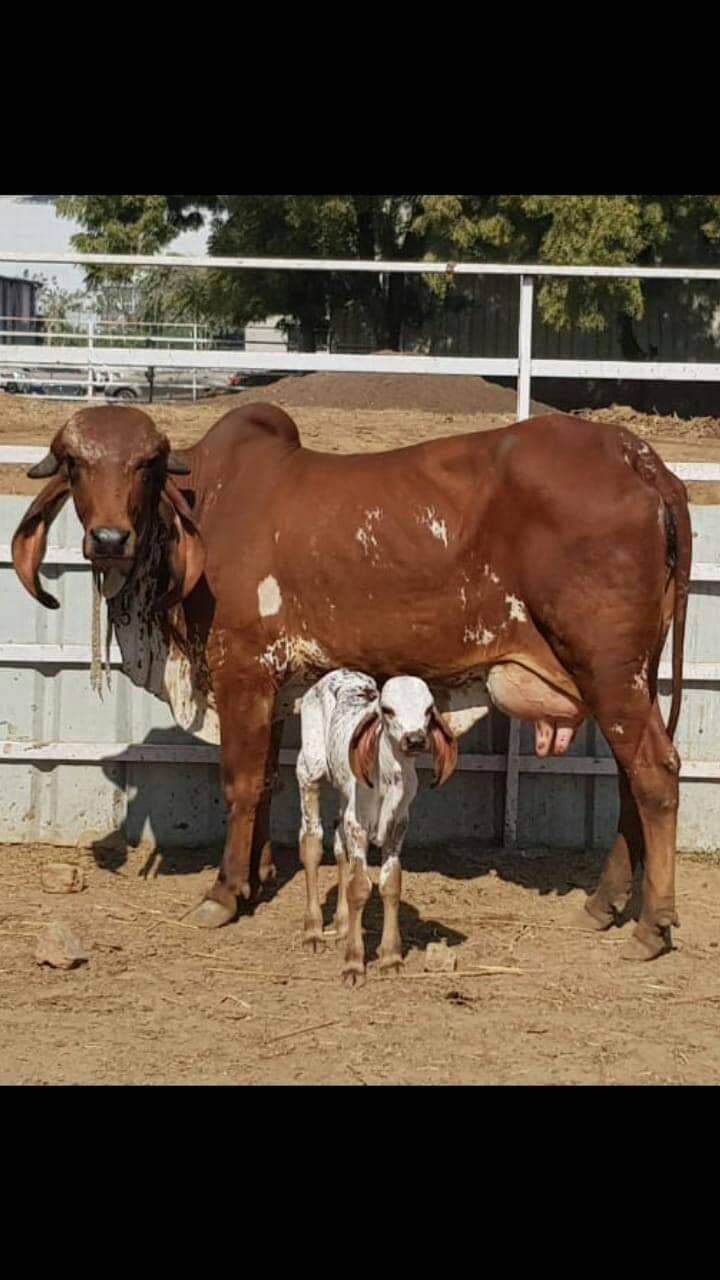Moo over people, 5G network will initially be used to monitor cows
Updated: 26 Jul 2019, 12:20 AM ISTNavadha Pandey
- Similar to Fitbits, wearable sensors can be attached to cows that would monitor their health, food intake, breeding
- The 5G spectrum guarantees high throughput, meaning it can carry huge amounts of data. It has low latency, so there will be almost zero delay before data transfer begins.
- New Delhi: Connected cars can wait; welcome the connected cows.
- As the world readies ultra-fast 5G wireless networksto power driverless cars, remote surgeries and advanced robotics, India will explore how the new technology can work for, yes, cows.
- One of India’s first 5G use case labs will be dedicated for monitoring cows and dairy development, a high-level government panel decided on 4 July. The 5G Implementation Oversight Committee, which has representation from the department of telecommunications (DoT), besides a few academics, had met to review the recommendations of the 5G High Level Forum.
- DoT, which is finalizing India’s road map for trials and commercial roll-out of 5G, plans to set up the lab, along with the department of science and technology and the National Dairy Development Board. Minthas reviewed a copy of the minutes of the meeting. Questions emailed to DoT remained unanswered till press time.
- How will this work? To be sure, using technology to monitor cows is not new. Maharashtra-based Chitale Dairy has been using radio frequency identification tags on cows for over a decade to track them and transmit data to improve productivity, efficiency of farmers and milk yield over the past couple of years.
- 5G has several unique attributesthat promise to make this a larger play. The 5G spectrum guarantees high throughput, meaning it can carry huge amounts of data. It has low latency, which means there will be almost zero delay before data transfer begins following an instruction for its transfer. This would make possible tracking and analysing a large amount of data on a real-time basis, topped up with live 4K camera surveillance.
- Similar to Fitbits for humans, wearable sensors can be attached to cows that would monitor their health, food intake and breeding, creating an Internet of Things (IoT) ecosystem that would use the collected data to make predictions on milk yield.
- If the use case lab is successful and scaled up, it could potentially bring the entire supply chain from milk production to payments on board. It would also be possible for cattle farmers to get real-time information to improve productivity and boost income. Large cooperatives and companies could also track the storage, transportation and distribution of milk using the network.
- India is the world’s largest milk producer and has the largest bovine population. Milk production in India during 1950-51 to 2017-18 increased from 17 million tonnes to 176.4 million tonnes. Dairy is a secondary source of income for rural families.
- In fact, Huawei of China has attempted something similar with the fish industry at a Norwegian salmon farm. The fish farmers use 4K television to monitor fish health. Since they are unable to see the lice that attach to salmon on a lower resolution screen, 5G is the only practical way to transmit that data from the fish pens to monitoring stations. While companies worldwide have been looking for 5G use cases such as autonomous cars and remote surgery, India’s attempt at reforming the dairy sector will be the first of its kind, especially given the National Democratic Alliance government’s focus on protection of the animal that many Hindus consider sacred.
Courtesy- www.livemint.com



